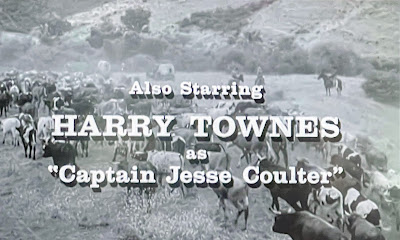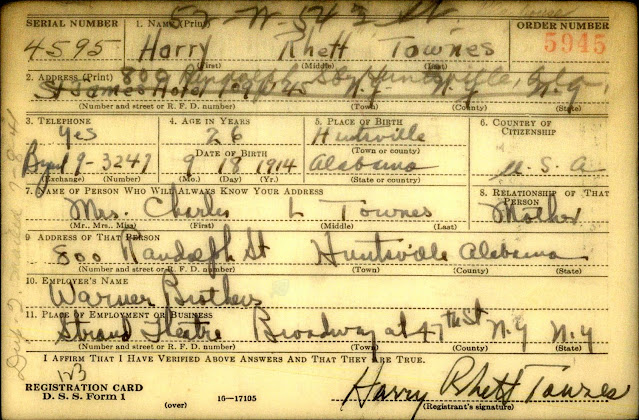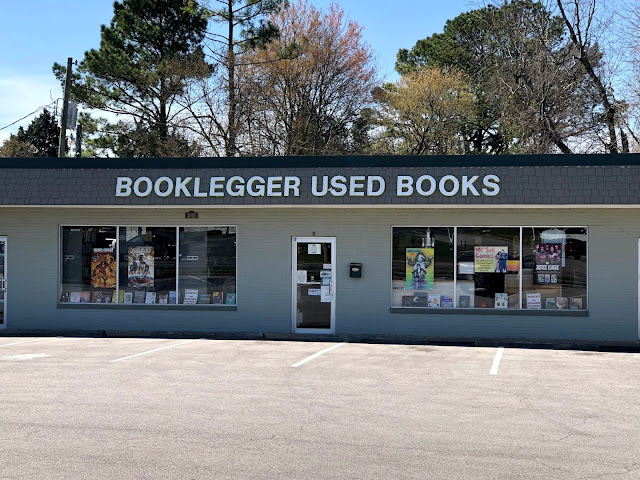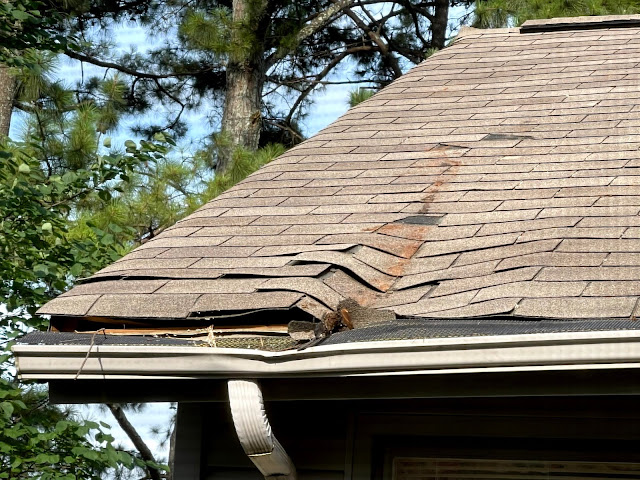Yes, here's another entry in my continuing series, "Downsizing My Book Collection." This title is a bit of an oddity, so let's explore it.
The book contains affidavits filed with the probate judge's office in Huntsville between January 1, 1908, and September 1, 1915. These filings were the result of a state law making it illegal for anyone under the age of 12 to be employed in a mill, factory or manufacturing company. These affidavits were required of workers between the ages of 12 and 18 until the passage of a later law prohibiting children under 16 from working with dangerous machinery.
The introduction shown below gives the details of this process. I have also included the book's copy of the 1908 law, the list of manufacturing facilities in Huntsville, and one of the sample affidavits included in the book. Finally, three sample pages of listings are given. The book is 315 pages long, consisting almost entirely of the affidavit listings in alphabetical order by child's name. A state law forbidding children under 14 from working had been repealed in 1894, and reformers finally managed passage of the 1908 and then 1915 laws. B.J. Baldwin's 1911 article, "History of Child Labor Reform in Alabama" can be found here.
Behind these listings with some basic information are hundreds of real children who worked in the Huntsville mills. We do learn names, dates and places of birth, and names of parents associated with the affidavits. Many of the children came from small towns surrounding Huntsville, even many in Tennessee. If the children worked in more than one facility their movements are tracked during this period.
One interesting byproduct given in many entries are the names of physicians or midwives who attended the births. They will be listed for example as Dr. Sutton or Mrs. Rose. The doctors could be traced in various physician directories; the midwives would be more problematic. I did not notice any midwives listed as "Miss".
This book's author was the mother of one of my classmates at Lee High School in Huntsville, Curtis Maulsby. She published at least one other book, Merrimack Cemetery, Huntsville, Alabama, which I presume is an inventory of the cemetery founded in 1900 for workers and families at the Merrimack Mills. The cemetery can be searched at Find-A-Grave.
This 1987 self-published Children's book was obviously an effort dear to the author; apparently few copies have been distributed. There's an entry on Amazon, but no copies were currently for sale. None were offered on eBay or Bookfinder.com either. According to WorldCat.org, only 10 copies are owned by reporting libraries, half in Alabama.
I have also included two photographs of the 38 taken by Lewis Hine when he visited the Merrimack Mills in 1910 and 1913. Hine [1874-1940] was a sociologist and documentary photographer. Here's what Wikipedia has to say about his work with child labor:
In 1908, Hine became the photographer for the National Child Labor Committee (NCLC), leaving his teaching position. Over the next decade, Hine documented child labor, with focus on the use of child labor in the Carolina Piedmont,[3] to aid the NCLC's lobbying efforts to end the practice.[4] In 1913, he documented child laborers among cotton mill workers with a series of Francis Galton's composite portraits.
Hine's work for the NCLC was often dangerous. As a photographer, he was frequently threatened with violence or even death by factory police and foremen. At the time, the immorality of child labor was meant to be hidden from the public. Photography was not only prohibited but also posed a serious threat to the industry.[5] To gain entry to the mills, mines and factories, Hine was forced to assume many guises. At times he was a fire inspector, postcard vendor, bible salesman, or even an industrial photographer making a record of factory machinery.[6]
More than 200 of Hine's Alabama photographs can be seen at the Library of Congress digital collections. He also visited Birmingham, Mobile, Montgomery and Bayou La Batre documenting child labor.
Hines' Huntsville photos name 11 children; 10 of them are included in the Maulsby book: Frank and George Baldwin (both p. 12), Madeline Causey (p. 52), Gracie Clark (p. 57), Millie and May Crews (p. 70), Pinkie Durham (p. 84), Charlie Foster (p. 95), Buford Fox (p. 97), and Sanford Franklin (p. 99). I did not find Pete Henson. I've included two photographs below, along with details from Hine's notes and the Maulsby book.
You can see a photo of Dallas Manufacturing here and Merrimack Cotton Mills here. That Merrimack photo is on a postcard.
Madeline Causey at Merrimack Mills, November 1913. About this photograph Hine wrote "Been working there for four months. Fills batteries. Mother said she was born July 7, 1903". The Maulsby book has her birthdate as July 7, 1901, which made her 12 years old when she began work at Merrimack on October 20, 1913. Her birthplace is given as Hillsboro, Alabama. Mrs. Rose was the midwife and J.T. Causey is the parent listed. Her brother Oscar, born in February 1900, also worked at Merrimack.
Source: Library of Congress



































































